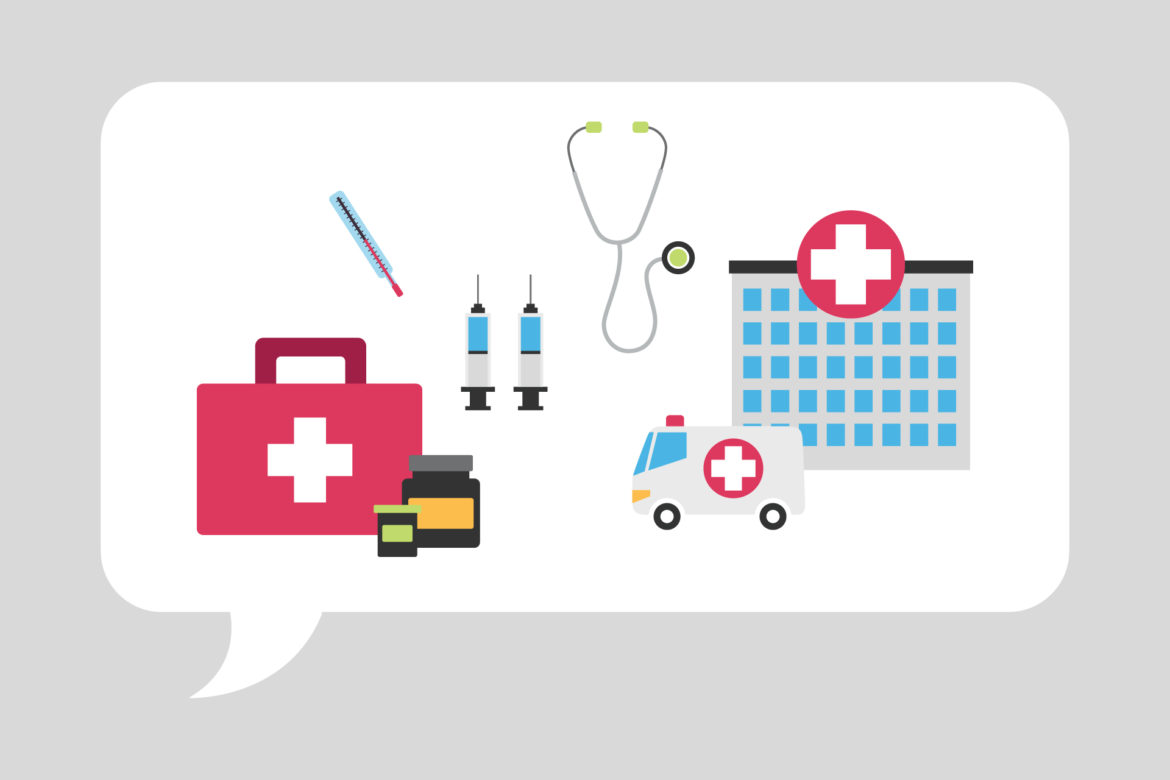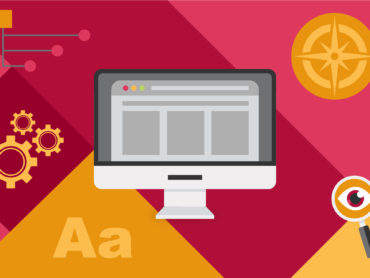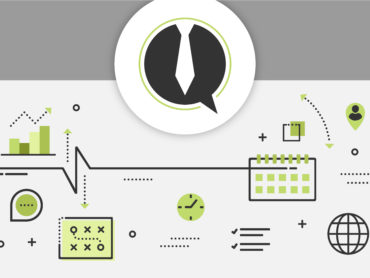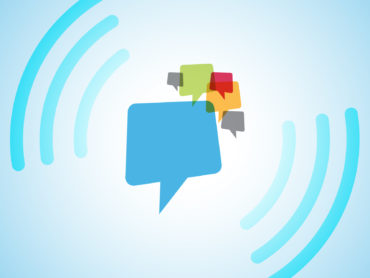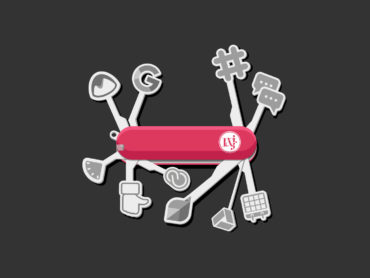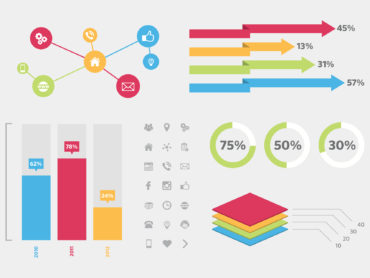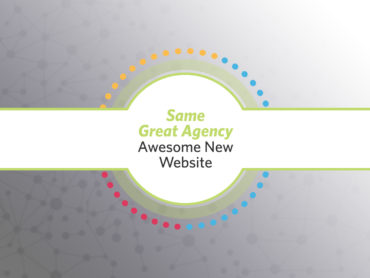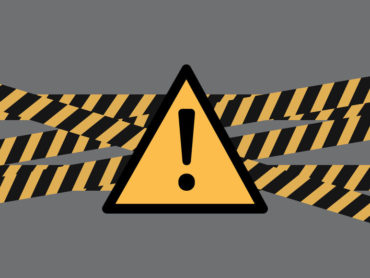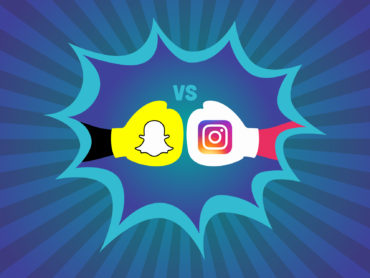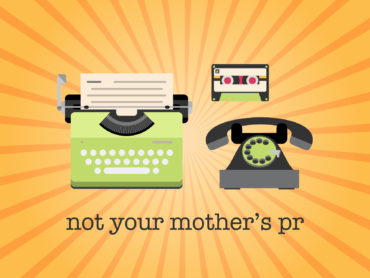5 Tips for Success in Healthcare Public Relations
When it comes to healthcare PR, the usual best PR practices apply. But as with any industry, there are unique challenges that require some special attention if you want to stand out. Here are five specific guidelines for helping you to navigate the ever-changing and competitive healthcare market.
- Know the market –This might seem obvious. When doing PR in any industry, it is vital to be familiar with the market in which you’re working. But the healthcare industry, in particular, is a rapidly evolving, growing, and sometimes complicated field. The technology changes quickly, regulations and rules are always in flux, as is the public perception of healthcare providers, practices and procedures. There is an increasing demand for a greater understanding of industry trends to know exactly where your organization fits in the market. Actively read industry trade journals, blogs, and newsletters to stay current. Following stories and trends will even give you an opportunity to respond or react to them. With a comprehensive understanding of where the industry currently stands, it will be easier to develop stronger and more effective messaging for your organization.
- Keep it simple – The issues, solutions, and topics that healthcare industries are addressing can sometimes be extremely dense. But in healthcare PR, it is vital to be as clear as possible in your messaging. Use simple and easy to understand words to reach the masses and avoid medical jargon and super-technical phrases. Offer different and additional communication resources to get your message across – for example, provide an infographic with a release or pitch to present the information in a visual way for a deeper understanding.
- Personalize – In addition to keeping the message simple, take a personal angle. Give examples to illustrate how your message is relevant to your audience. If you can, focus on a great patient success story. Look to emphasize emotional connections that show how your information, solution, or services have helped someone in a real way. Take positive messages and turn them into positive stories. Sharing compelling stories about a specific patient or family will not only form meaningful connections with your audience, but your pitches will be ten times more effective. Names make the news.
- Localize – You also need to localize your messaging. You will reach your audience better if you can take a larger healthcare story and show them how it relates to them in a way that affects their daily lives. You may be covering a health topic that is trending nationally, or even globally, but to make the greatest impact, you need to connect it to your audience on a local level. Show how the information or story is impactful to people in the immediate area you are targeting.
- Utilize Social Media – This might seem like an obvious one, too. But while consumer brands can rely on social media as a form of advertising, incorporating giveaways and promotions, healthcare organizations need to take a different approach. You can’t rely purely on promotional posts to build up your social presence. In healthcare, you must build a following through thought leadership as well as authentic and consistent engagement with your audience across all of your social media platforms. And as much as using social media is about communicating and talking to your audience, it is also about listening. Listen and respond to what patients and their families are saying to improve both the experience they have at your organization and/or the perception they have of your organization. Don’t just become part of the conversation, lead the conversation.
Looking to elevate your position in the booming world of healthcare? We can help you become game changers in the industry. Check out some of our work and shoot me a message Rsmith@dev.randjsc.com. Let us help make a difference for your company.

